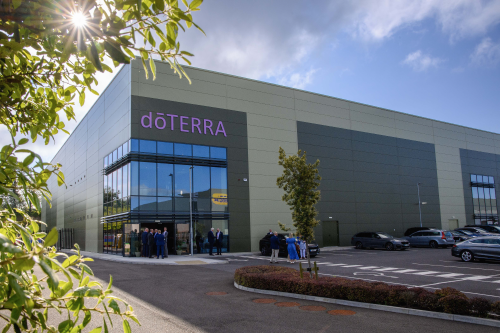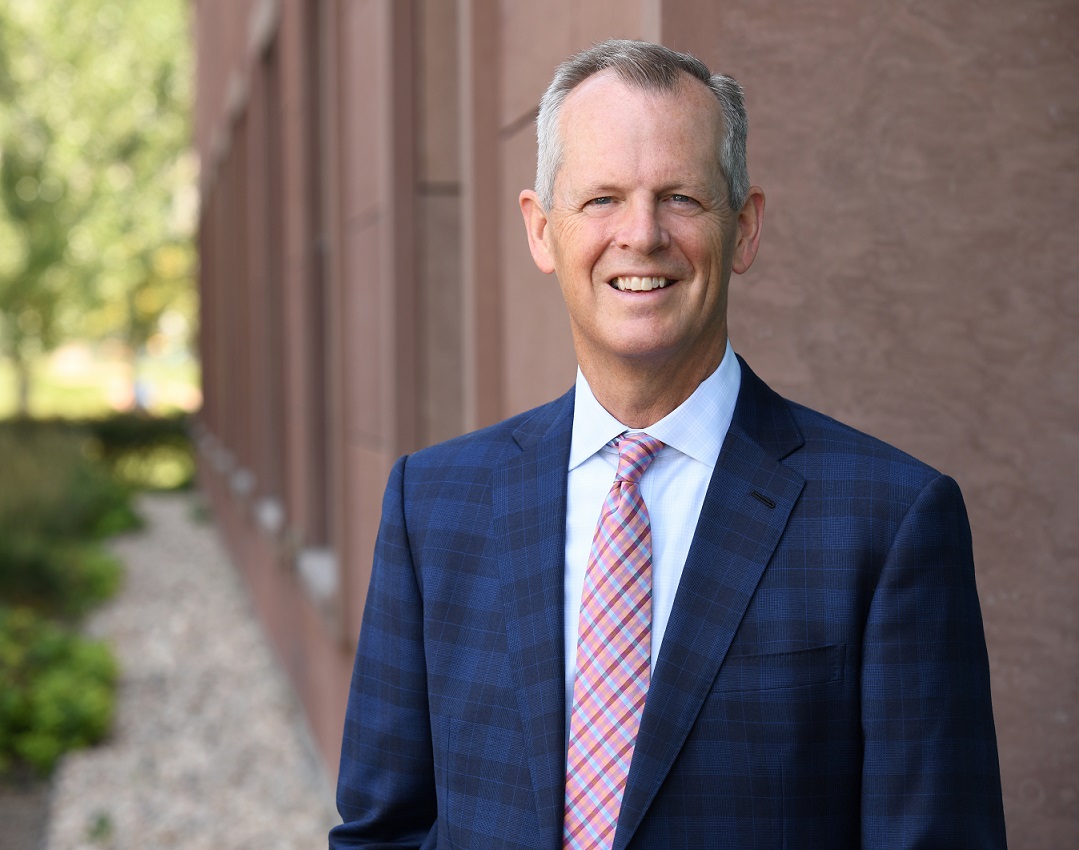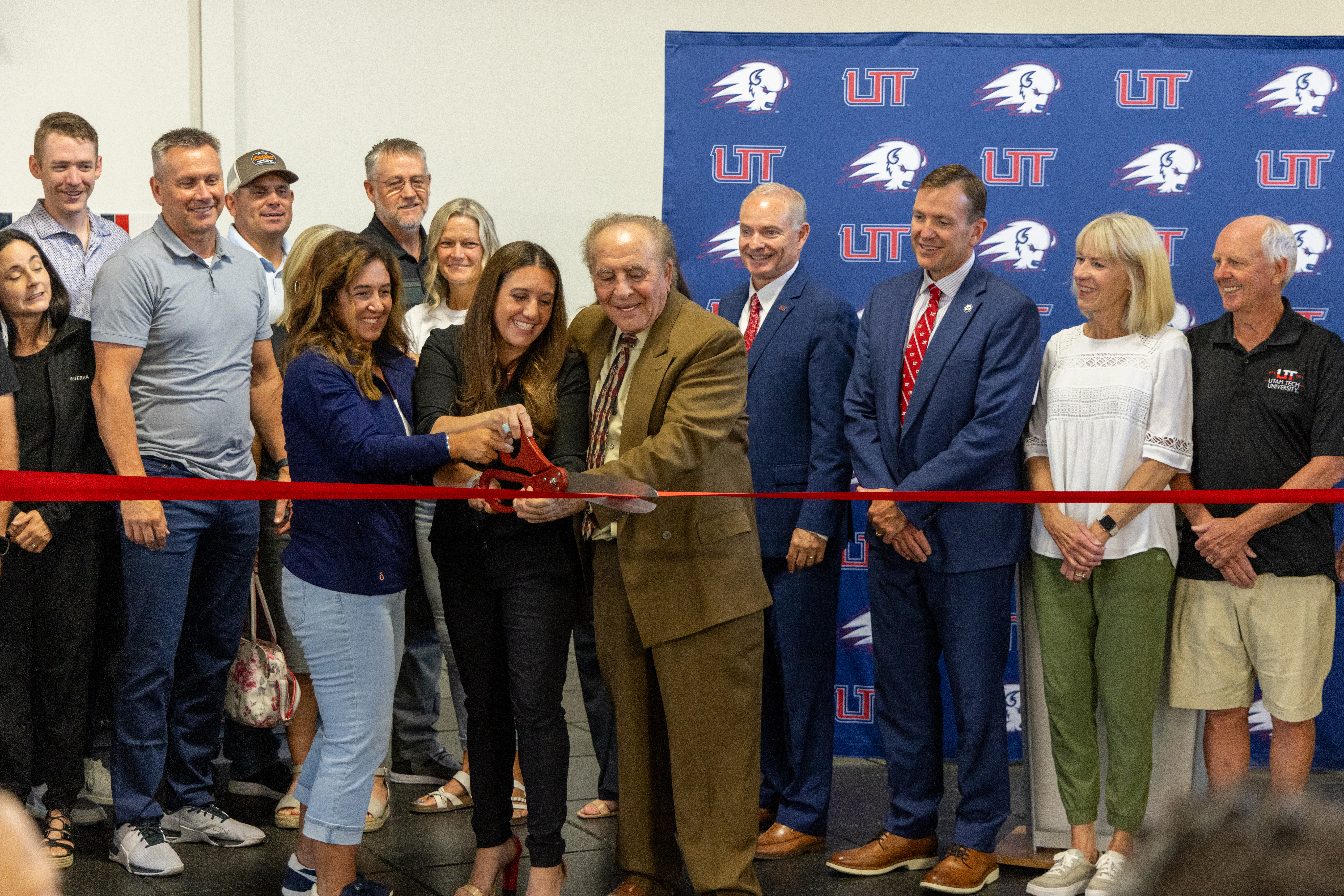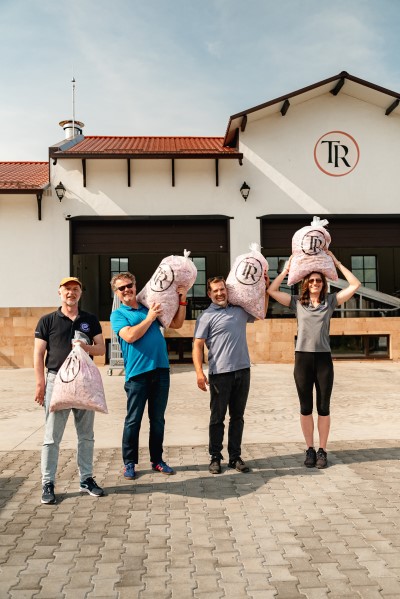News
An Inside Look at doTERRA’s Sustainability Practices in Somaliland and Ethiopia
Drought, overgrazed land areas, poor farming practices—these are just a few examples of the conditions which sustainability experts Haile and Niguse Hagazi face daily while monitoring and working on regrowth strategies for the Boswellia tree genus from which frankincense resins are harvested in Somaliland and Ethiopia. Since establishing its footprint in Ethiopia and working closely with Professor Haileselassie and Niguse Hagazi, doTERRA has learned it takes more than just a desire to do good to make a difference in an area with so many challenges.
From creating pathways to educate and empower locals, to applying new technologies that help address the deforestation crisis, here’s how doTERRA is prioritizing the development, management, and production of frankincense trees, according to frankincense sustainability experts.
Question: What does sustainably harvesting frankincense look like?
Niguse Hagazi, a researcher for the International Center for Research in Agroforestry (ICRAF) in Ethiopia: “Before doTERRA, we observed over many years that trees were dying and declining because of many uncontrollable factors. We found that propagation through branch cuttings—the process of regrowing new plants with cuttings from an old one—at experimental plots, was successful. It showed us the option to sustain production and helped slow down the decline of the frankincense trees. The important thing is management. You can harvest from the same tree for about two to three years, but afterwards, the tree needs time to rest and needs to be maintained. That’s why a management plan is key, and that is what we are attempting to do here with doTERRA’s help.”
Haile, a researcher for the Intergovernmental Authority on Development in Somaliland: “We currently are propagating frankincense saplings in our greenhouse—which doTERRA provided—as well as studying different types of soil mixtures and rocks that may influence the growth of frankincense trees. We feel that this method can be successful for plant regeneration if done properly."
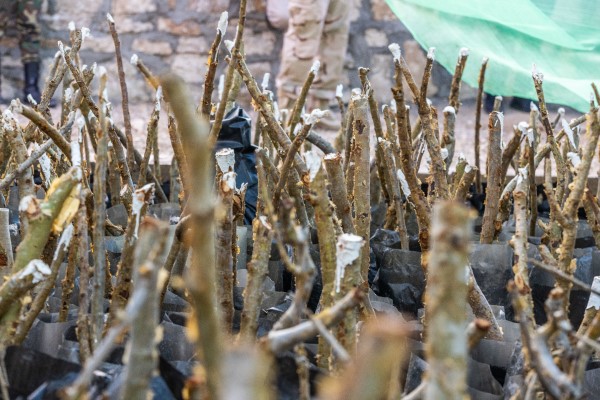
Propagation through branch cuttings—the process of regrowing new plants with cuttings from an old one
Question: What are the challenges with sustainably harvesting frankincense and how does doTERRA help address those challenges?
Niguse Hagazi: “There are various challenges with the dry land areas where frankincense is harvested. There are natural challenges with the changing climate, human challenges with overgrazing, and technical challenges with poor management of resources. We work with companies like doTERRA to show the technology we’ve found that helps with our propagation techniques. These propagation techniques have shown great promise and help aid in the regrowth of the Boswellia trees which produce frankincense resins. doTERRA takes the technologies and practices that we have gathered and applies them at the local levels, directly with the harvesters.”
Haile: “Understanding and designing the research in these areas has been very challenging and frustrating. The doTERRA team first met with our risk management department and has collaborated with us now during several phases of the research process which can usually take five to ten years.”
Question: How exactly does doTERRA remain committed to sustainability of frankincense?
Haile: “There are so many ways where we see doTERRA’s commitment to help sustainably harvest frankincense. doTERRA has provided more researchers, as well as funded the restoration and establishment of propagation facilities in the Horn of Africa and given us additional support for transportation.”
Niguse Hagazi: “Three years after doTERRA started working in Ethiopia, we have been able to upscale our research on propagation solutions to other regions and show locals that it’s possible to propagate in different regions. doTERRA has created good experiences and the region is very happy and keen to support our propagation techniques thanks to the mutual understanding doTERRA has fostered in these areas.”
Question: Why is sustainability work important and what’s next?
Haile: “We know we can bring about change with this deforestation issue through a focus on sustainability. Despite the challenges of the area, we can still diversify beyond frankincense in this area. The key is supporting the local community.”
Niguse Hagazi: “doTERRA remains engaged in both the development and in the sustainable production of frankincense. That’s very important and I’m very happy to work with the doTERRA team and my committee to see how we can maintain and develop the Boswellia genus in the future.”
Staying Sustainable
Despite the success Haile and Niguse have seen in Somaliland and Ethiopia, they and their team of researchers still have a long way to go; and they know they can’t do it alone.
Rather than taking shortcuts when sourcing their essential oils, doTERRA continues to work with local experts and eco-conscious organizations to help sustainable sourcing practices and their Sourcing Guiding Principles be implemented.
